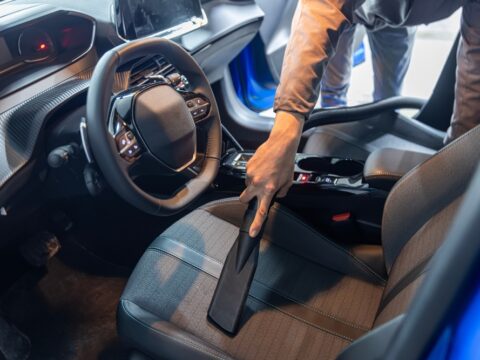The Autobahn, Germany’s famed highway system, is renowned worldwide, particularly for its segments without speed limits. From its historical roots and stringent safety standards to the surprising realities of its regulation and environmental considerations, these ten facts peel back the layers of the Autobahn. Here are 10 revealing facts about this iconic road network:
Contents
Not Entirely Limitless
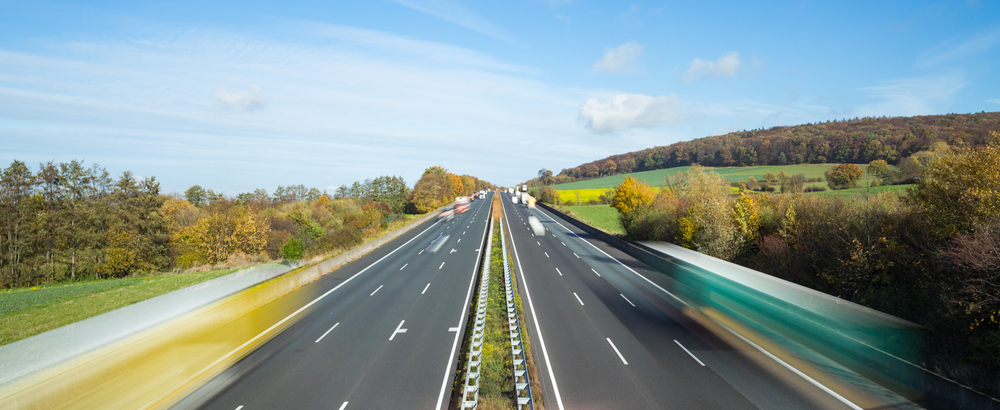
Contrary to popular belief, not all sections of the Autobahn are without speed limits. In fact, only about 70% of the Autobahn network has no speed limit. The remaining sections are regulated, especially in urban areas, accident-prone sections, or places under construction, where speed limits can range from 30 km/h (18.6 mph) to 130 km/h (80.7 mph).
Origin and Development
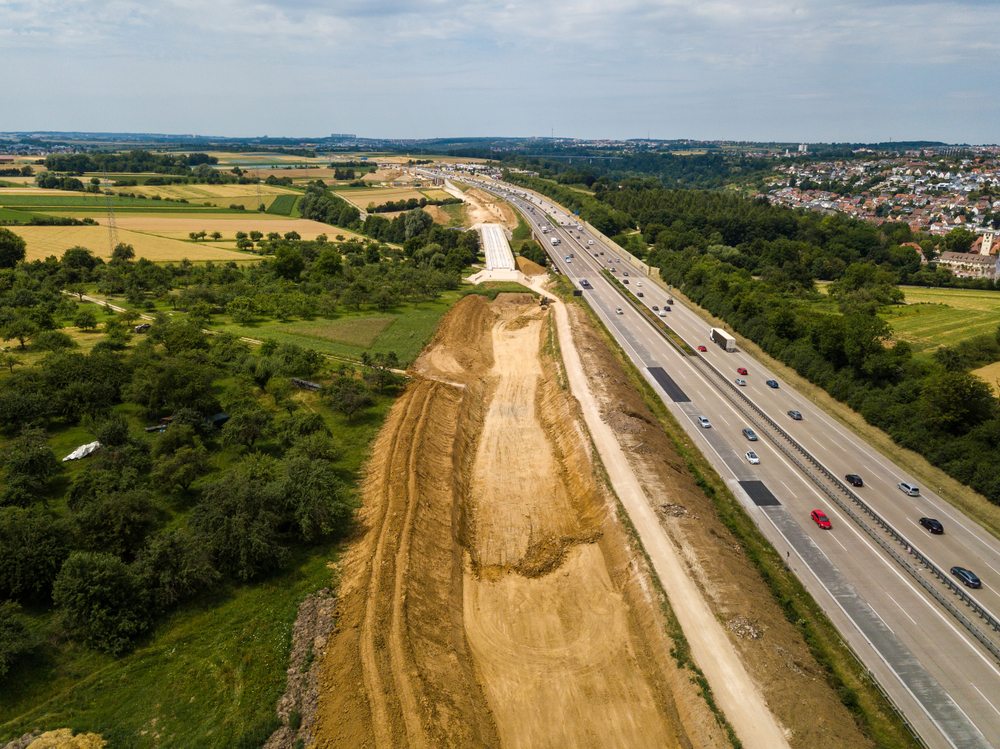
The first section of the Autobahn was opened in 1932 between Cologne and Bonn. However, the widespread development of the Autobahn was heavily promoted during the Nazi era as part of infrastructure improvements. Today, the Autobahn covers approximately 13,000 kilometers (8,078 miles), making it one of the world’s longest and most dense highway systems.
Engineering Excellence

The Autobahn is known for its meticulous engineering and high construction standards. The roads are designed with thick layers of concrete to withstand the constant high-speed travel and heavy traffic, and they are regularly maintained to ensure safety and efficiency.
Safety Record

Despite the lack of speed limits in many sections, the Autobahn has a relatively low accident rate compared to other highway systems. Strict traffic regulations, rigorous driver training, and the excellent condition of the roads contribute to this impressive safety record.
Recommended Speed Limit
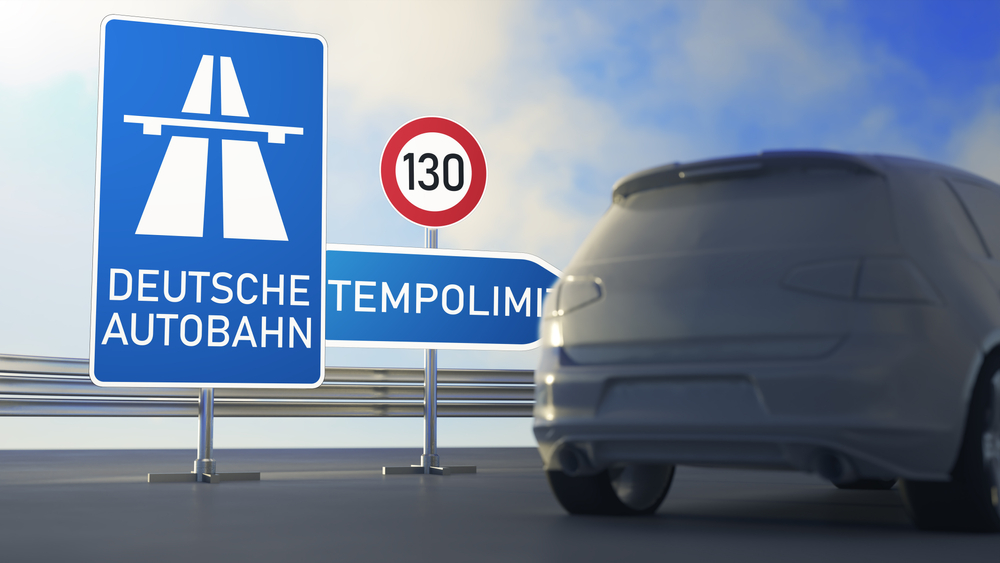
Where there is no official speed limit, a recommended speed of 130 km/h (80.7 mph) is advised. While drivers are not legally obliged to adhere to this recommendation, it can have legal implications in the case of an accident, as traveling above this recommended speed can be considered a contributing factor to the crash.
Environmental Concerns and Speed Limits
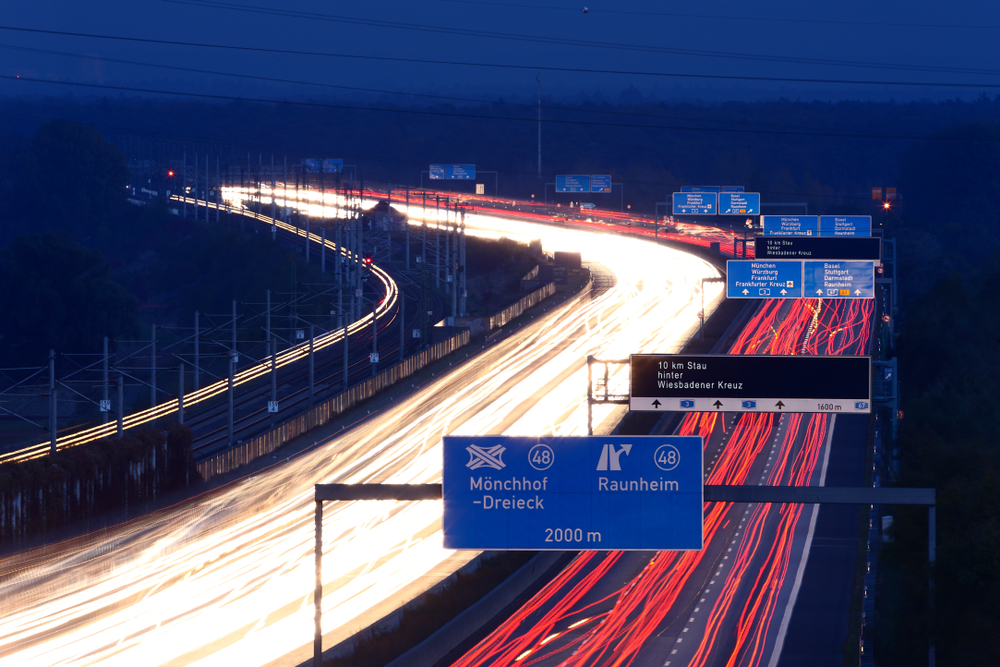
Some parts of the Autobahn have permanent speed limits imposed due to environmental concerns, such as noise and pollution reduction. These limits are part of Germany’s commitment to environmental protection and are strictly enforced.
Strict Traffic Laws
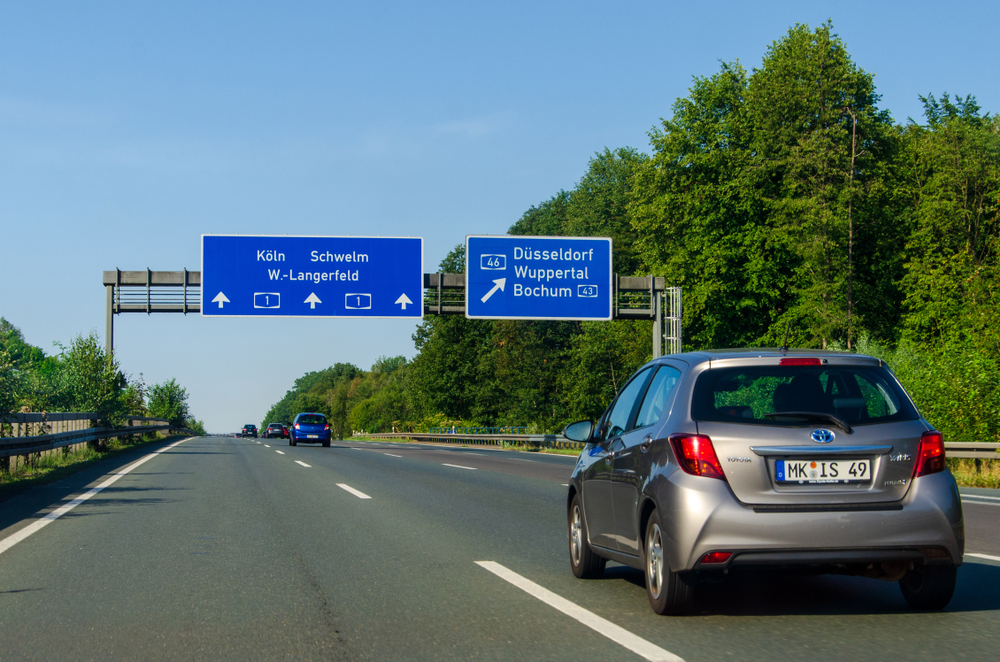
German traffic laws are rigorously enforced on the Autobahn. For example, tailgating is illegal and heavily fined, as it poses a significant risk at high speeds. Similarly, the left lane is strictly for overtaking – cruising in the left lane without passing other vehicles is frowned upon and can result in fines.
No Tolerance for Breakdowns Due to Empty Fuel Tanks

Running out of fuel on the Autobahn is illegal and considered a preventable occurrence. Drivers are expected to monitor their fuel levels diligently and can be fined for breakdowns due to an empty tank. This rule is in place to prevent unnecessary obstructions and hazards on these high-speed roads.
Emergence of Electric Vehicle Charging Stations
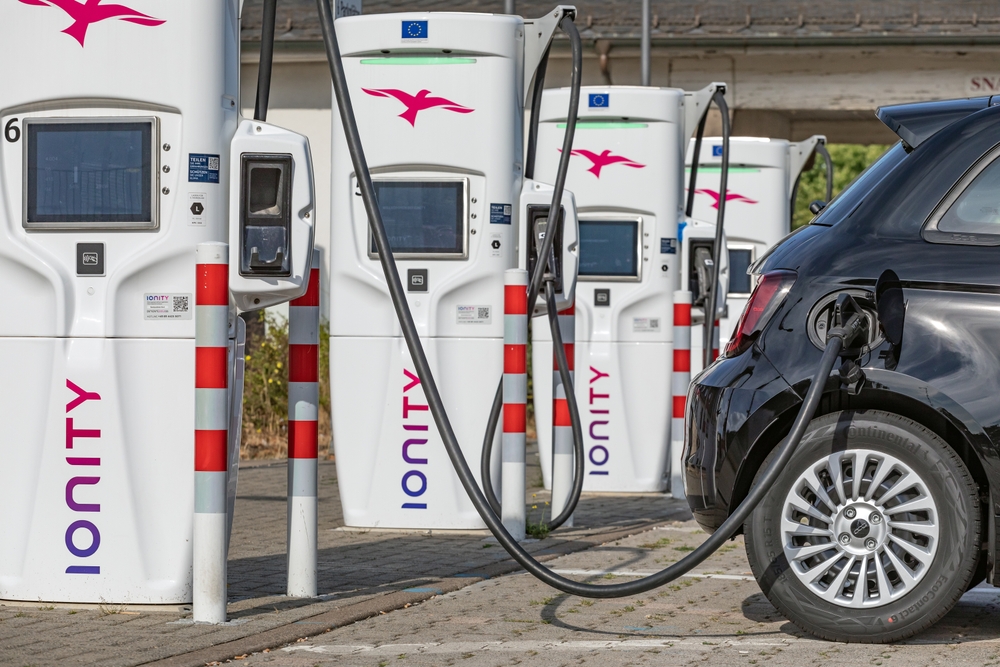
With the rise of electric vehicles (EVs), the Autobahn is adapting. Charging stations are becoming increasingly common along the highway, reflecting Germany’s push towards sustainable mobility and support for the transition to EVs.
Cultural Icon
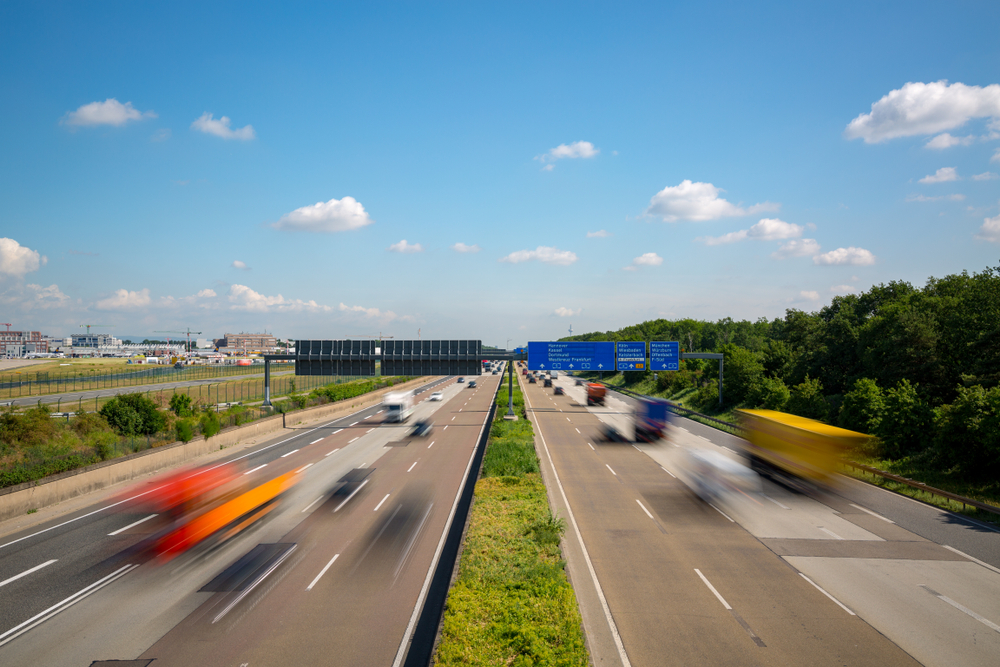
The Autobahn has become a symbol of German efficiency and a cultural icon. It reflects the value placed on precision, order, and high-quality engineering in German society. This has also made it a tourist attraction for car enthusiasts and speed lovers from around the world who want to experience the thrill of driving without speed limits.
This article originally appeared on MyCarMakesNoise.
More from MyCarMakesNoise
Top 20 Coolest Corvettes Ever Made

The Chevrolet Corvette has long been an icon of American automotive excellence, blending stunning design with incredible performance. Over the years, this legendary sports car has seen numerous iterations, each cooler than the last. Read More.
25 Sports Cars You’ll Want to Avoid

When it comes to sports cars, the allure of speed and sleek design can be irresistible. However, not all sports cars live up to their flashy looks and high price tags. From frequent breakdowns to disappointing performance, some models are more trouble than they’re worth. Read More.
Top 25 Iconic 2000s Performance Cars You Have to Experience

The 2000s brought us some of the most memorable performance cars in automotive history. From sleek designs to powerhouse engines, these vehicles captured the hearts of enthusiasts and set new standards in the industry. Read More.


